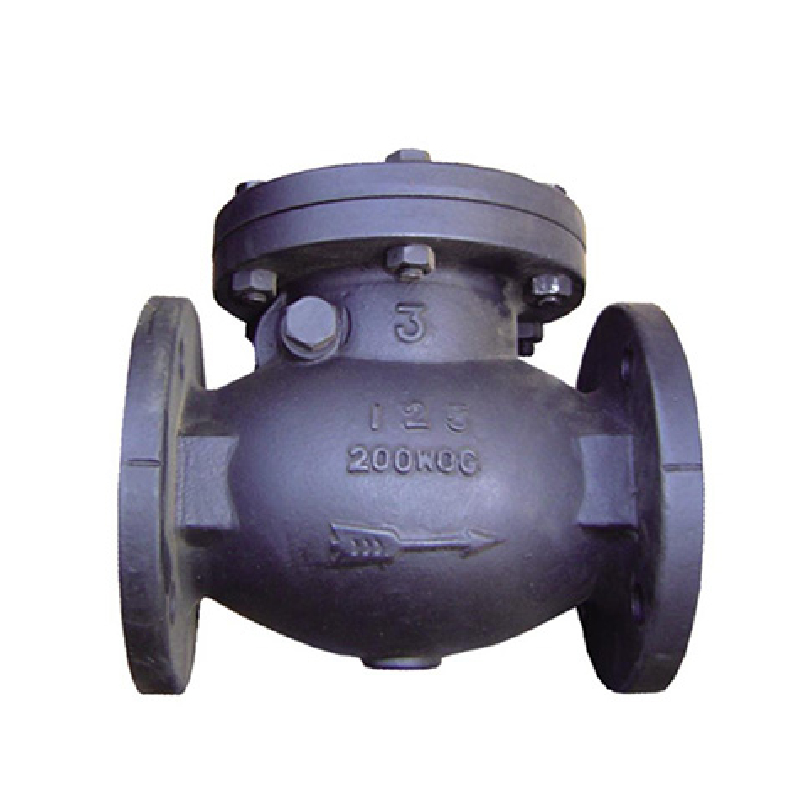9 月 . 16, 2024 07:49 Back to list
Actuated Ball Valve - Reliable Control for Fluid Flow
Understanding Actuated Ball Valves A Key Component in Modern Automation
Actuated ball valves are essential devices used in various industries for controlling the flow of fluids and gases. These valves combine the simplicity of the ball valve design with an automated actuation mechanism, facilitating precise control and enhancing operational efficiency. This article explores the features, benefits, and applications of actuated ball valves.
A ball valve operates by using a hollow, perforated, and pivoting ball to control fluid flow. When the valve is open, the ball's hole aligns with the flow direction, allowing fluid to pass through unhindered. Conversely, when the valve is closed, the solid part of the ball blocks the passage, stopping the flow entirely. While manual ball valves are effective, actuated ball valves take this functionality a step further by incorporating an actuator—either pneumatic, electric, or hydraulic—to automate the opening and closing of the valve.
One of the primary advantages of actuated ball valves is their ability to operate remotely
. In environments where manual operation is impractical or unsafe, such as in hazardous or high-pressure systems, automated valves significantly enhance safety and efficiency. Operators can control these valves from a distance using control systems, reducing the need for personnel to be physically present in potentially dangerous locations.actuated ball valve

Moreover, actuated ball valves provide rapid response times. Many actuators are designed to operate swiftly, allowing for quick adjustments to flow rates as needed. This feature is particularly beneficial in processes requiring precise flow control and rapid changes, such as chemical processing, water treatment, and energy production.
In addition to their operational benefits, actuated ball valves offer improved reliability and reduced maintenance. The automation reduces wear and tear on the valve due to less manual handling and can lead to longer service life. Furthermore, many actuators come equipped with feedback systems, providing real-time data on valve position and health, which can alert operators to potential issues before they become major problems.
Actuated ball valves are versatile and are used across various industries, including oil and gas, food and beverage, pharmaceuticals, and HVAC systems. Their capability to handle a wide range of pressures and temperatures makes them suitable for numerous applications, from controlling the flow of steam to managing corrosive chemicals.
In conclusion, actuated ball valves play a crucial role in modern automation by enhancing efficiency, safety, and reliability in fluid control systems. Their ability to operate remotely, combined with rapid response capabilities and low maintenance, makes them a preferred choice in many industrial applications. As automation continues to advance, the significance of actuated ball valves will likely grow, further cementing their position as a vital component in contemporary engineering solutions.
Share
-
Understanding the Differences Between Wafer Type Butterfly Valve and Lugged Butterfly ValveNewsOct.25,2024
-
The Efficiency of Wafer Type Butterfly Valve and Lugged Butterfly ValveNewsOct.25,2024
-
The Ultimate Guide to Industrial Swing Check Valve: Performance, Installation, and MaintenanceNewsOct.25,2024
-
Superior Performance with Industrial Swing Check Valve: The Essential Valve for Any SystemNewsOct.25,2024
-
Industrial Swing Check Valve: The Ideal Solution for Flow ControlNewsOct.25,2024
-
You Need to Know About Industrial Swing Check Valve: Functionality, Scope, and PerformanceNewsOct.25,2024